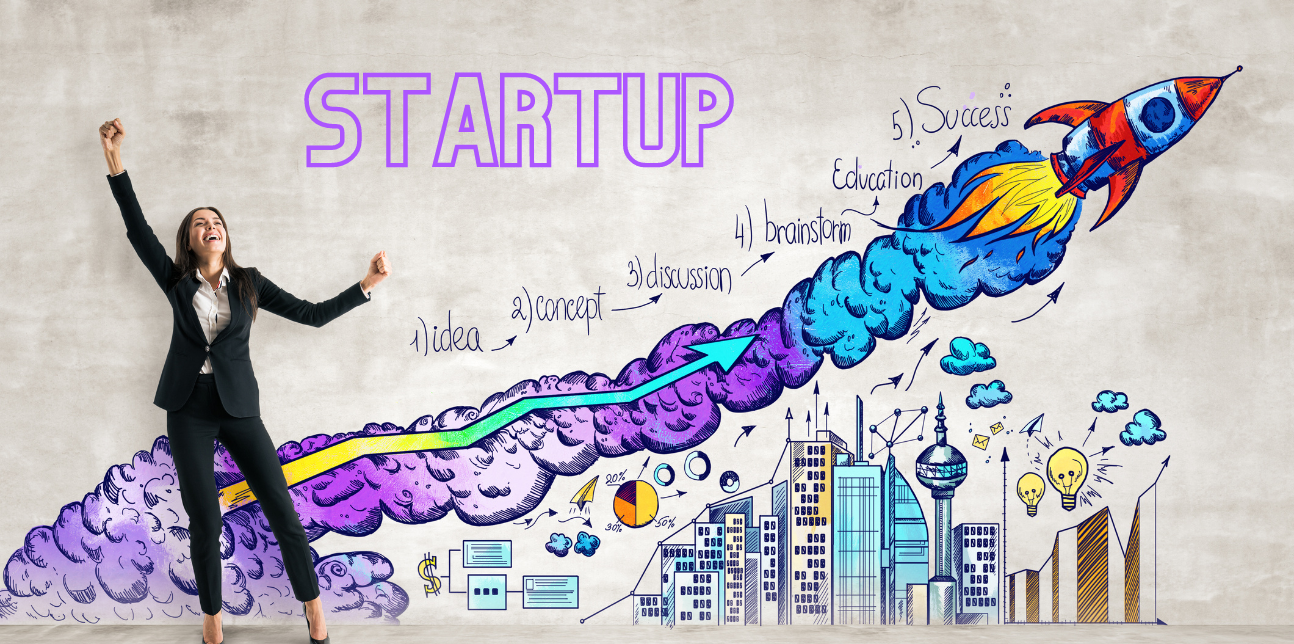Transforming Compliance with Workflow Automation: A Game-Changer for Banks and Financial Institutions
Transforming Compliance with Workflow Automation: A Game-Changer for Banks & Financial Institutions In the rapidly evolving financial sector, banks and financial institutions face increasing pressure to enhance compliance, reduce fraud risks, and streamline operations. Manual compliance workflows often result in inefficiencies, delays, and regulatory risks. This is where workflow automation powered by tools like Camunda can revolutionize the way financial organizations handle processes like KYC onboarding, AML compliance, and audit workflows. The Challenges in Compliance & KYC Onboarding Traditional compliance and KYC (Know Your Customer) processes are often plagued by: How Our Workflow Automation Service Helps We provide custom workflow automation solutions tailored for banks and financial institutions. Our service ensures: Seamless KYC Onboarding & Customer Verification Automated Compliance & Audit Workflows Fraud Detection & Risk Assessment Why Choose Us? Get Started Today! Let’s transform your compliance process with workflow automation. Contact us today for a free demo and see how we can help your bank stay ahead in the digital era!



